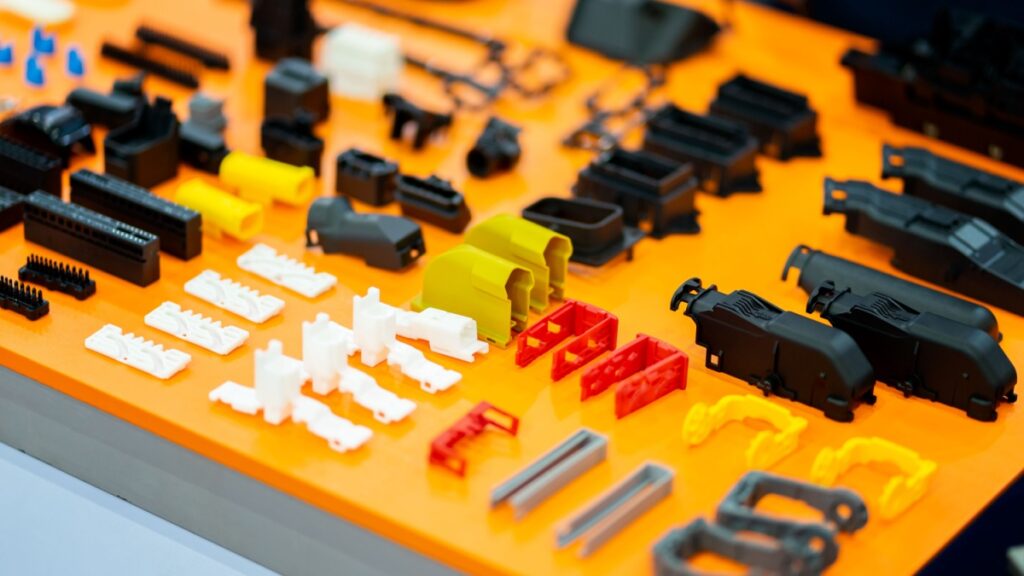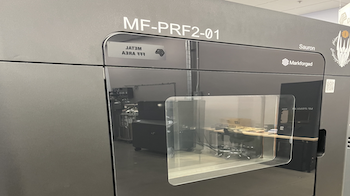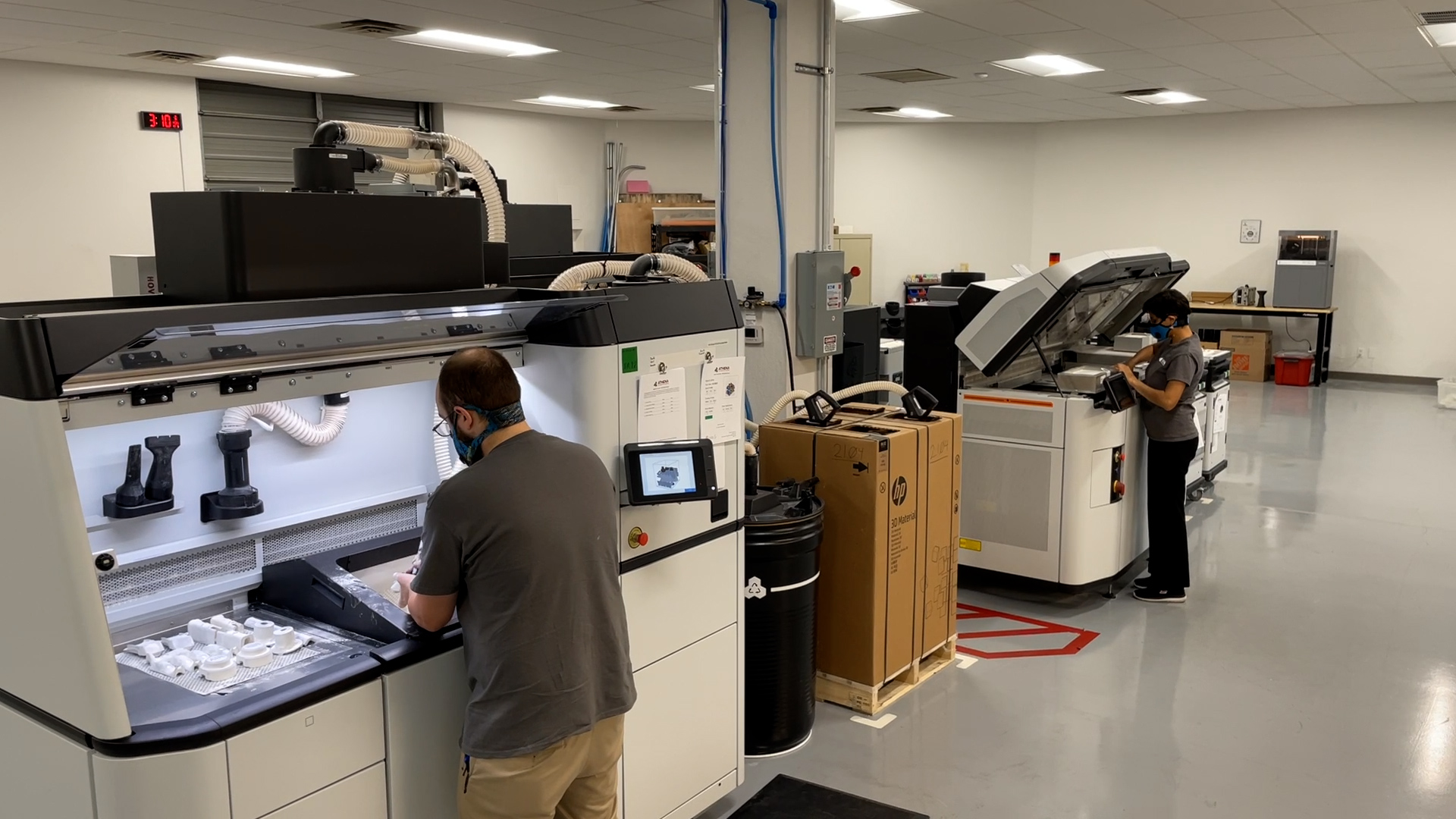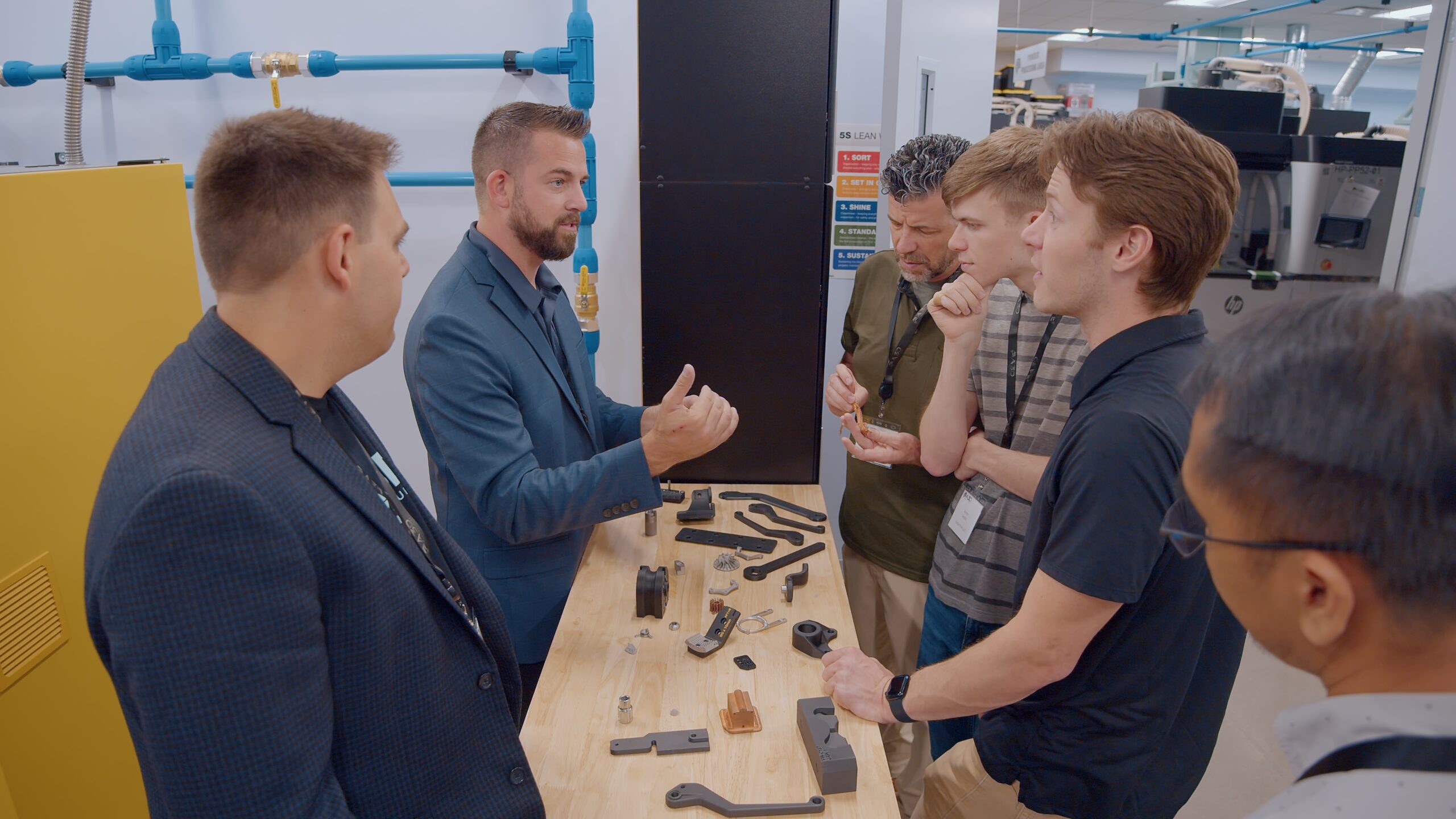In the grand game of product creation, materializing your impeccable design into the tangible, saleable item can seem a daunting leap. The process is riddled with the decisions — monumental and minute — that will shape not only the final product but the lifecycle of its manufacturing. For small team manufacturers and product designers, one of the pivotal crossroads in this process is choosing the right method for production. Plastic injection molding stands as a beacon of efficient, cost-effective, and increasingly versatile production — but when should you actually push the plastic button?
Common Products That Owe Their Existence to Plastic Injection Molding
Injection molding aficionados might remember 1872 as the birth year, the era when John Wesley Hyatt invented this marvel. Fast forward to the present day, and plastic injection molding is ubiquitous.
Picture the world without LEGO bricks, action figures, those tricky hotel key cards, or even the humble toothbrush. Yes, the mold that you brushed your teeth with this morning — plastic injection molded. It’s not just about Barbie heads or tiny green army men.
Understanding Plastic Injection Molding
Plastic injection molding is more than just a machine chugging away and spitting out plastic parts, as some may think. It’s a meticulous process that involves injecting molten plastic into a mold cavity. Once the plastic cools and hardens, the part is ejected. With modern variations, this method allows for highly detailed, complex parts, all with minimal post-processing needs.
The Procedure in the Hot Seat
The process begins with the collection of raw plastic through a hopper. The plastic is then melted within the machine, typically by a heater, and decreases in viscosity until it reaches a flowable state. Then, the molten plastic is injected at high pressure into a custom-designed mold cavity, held within the specific parameters to ensure structural integrity.
The Beauty of Molding Versatility
Beyond the simple mechanism, the beauty of plastic injection molding lies in its adaptability. The molds, made from metals like aluminum or steel, can be machined to the tiniest specifications. This means the possibilities for the design of your product are as boundless as the inventor’s imagination.
When to Choose Plastic Injection Molding Over Other Methods
The decision for plastic injection molding isn’t always straightforward, but there are clear scenarios where it shines brightest. For small part production, 3D printing often jumps into the conversation. But while it’s great for rapid prototyping and customization, it can’t match the speed or cost efficiency of injection molding when producing large quantities.
Cost-Effectiveness Unwrapped
Due to the investment in tooling and high initial setup costs, large batch production has traditionally been the sweet spot for plastic injection molding. Still, with modern equipment, small-batch runs are increasingly cost-effective, offering a per-unit price that scales well over time.
The Complexity Conundrum
From undercuts to threading, plastic injection molding can be used to craft parts with complex geometries in a single production run, without the need for multiple components or assembly processes. However, plastic might not be the right fit for your part or product. For example, 3D printing might be a better choice if you are looking to create something more suitable for extreme conditions where a wider variety of materials are available.
Getting Materialistic
Material selection is a critical early step, often happening before the design phase. This choice can impact a product’s aesthetics, resilience, and efficacy. For products that require specific material properties, like flexibility, heat resistance, or transparency, injection molding’s variety of materials is a significant draw. 3D printing may be a better choice. Read about the versatility in materials in this article covering how to choose the right materials.
Speed to Market and Sustainability Considerations
Speed to market is another crucial factor. Injection molding delivers quickly, with the potential to produce large quantities at a rapid pace once the initial tooling has been set up.
On the sustainability front, injection molding with recyclable materials supports eco-friendly initiatives. The method’s low waste, the possibility for material reusability within the production line, and the long lifespan of plastics, make it a responsible option for manufacturers aiming to minimize their environmental footprint.
Case Studies in Mold-Efficiency
To truly understand the impact of plastic injection molding and how the world would be radically different without it, here are some real-world examples of plastic injection molding in the wild.
The Firepower of Molding in Firearms
Gun manufacturers’ precision requirements are met efficiently through injection molding. It’s responsible for crafting gun grips that require strength, flexibility, and intricate texturing for a better handle — difficult at this scale with other methods.
For example, the popular gun manufacturer, Glock, was one of the first light gun manufacturers to expertly use plastic injection molding in their manufacturing process. The Glock was the first pistol to utilize plastic polymers so widely.
A Cure Through Molding – Medical Device Manufacturing
The medical industry’s stringent requirements for sterile, durable, and complex components are fulfilled by plastic injection molding. From syringes to complex surgical equipment, the technology’s finesse and productivity are unmatched.
An example of one of the most popular medical devices made using plastic injection molding is the syringes. Almost 8 billion syringes are used in households annually to help people administer medications at home for conditions such as diabetes, allergies, migraines, and much more.
Driving the Future – Automotive Industry
Plastic injection molding in the automotive sector is not surprising, given the complex and often cosmetic nature of the parts required. It enables the creation of parts ranging from bumpers to dashboards, fostering innovation in vehicle design. These days, even luxury vehicles use plastic injection molding for car components such as dashboards.
The Gadgets in Our World – Consumer Goods and Electronics
In this fast-paced industry, rapid design changes necessitate a production method that can keep up. Plastic injection molding delivers the consistency and precision demanded by consumer electronic manufacturers. From dongles to computer casing to everything in between, plastic injection molding is widely used by consumer goods and electronics companies.
The Parting Molding Shot – Making Your Mark
In the knockabout world of manufacturing and design, the choice of production method can make or break your product. For cost-effective, complex, versatile and sustainable results, plastic injection molding has pushed past the others and wears the crown, for now. It’s a method that stands as a beacon of efficiency in the competitive marketplace. Whether it be for creating a medical breakthrough, security systems components, the key to your hotel room, the mold of the gun, or a toothbrush, remember that choosing plastic injection molding is no joke.
It’s the backbone of the products we rely on.
A3D Manufacturing’s team of expert engineers and quality assurance individuals work closely with businesses like FitMyFoot, Interlink Engineering and Perceptive Sensor Technologies to bring parts and products to transform their ideas into optimized, functional parts.
Contact us today and let us bring your unique vision to life through our expertise in 3D printing.




